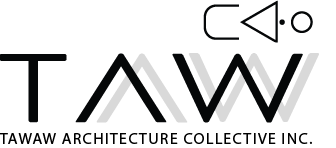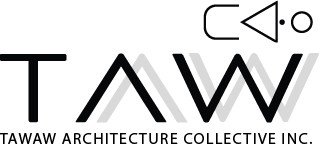Write your awesome label here.
The Role of Indigenous Knowledge in the Built Environment
Indigenous knowledge is intimately connected with nature, and is a recurring topic in the design and planning of urban built environments. Gregory Cajete, the author of Native Science; The Natural Laws of Interdependence, is one of the authors featured in this lesson, who helps bridge western and Indigenous concepts. Inside this workshop, you will find best practices, on how to integrate Indigenous knowledge in modern planning, policy, architecture and landscape
design.
What to Anticipate
-
Learning Objectives
• Understand the relationship between Indigenous science and knowledge;• Assess ways to gain Indigenous knowledge;• Learn the different types of Indigenous knowledge;• Understand the difference between Indigenous and western science;• Learn about various methods of teaching and learning in the Indigenous paradigm, including story, ethno-ontological characters (ie Trickster) and reflection;• Understand foundational concepts that connect Indigenous people to nature including Ethical Relationality;• Understand place attachment in the urban context;• Introduction to emerging fields related to Indigenous knowledge in the built environment including: Biocultural Landscapes, Ethnobotany, Ethnobiology and Ethnoecology;• Understand Indigenous methodologies, and their distinction from western methodologies; and• Understand movements in participatory practices including Cultural Sustainability Theory and the Indigenous Placekeeping FrameworkTM;• Adhere to the unique planning processes of Indigenous communities to address the needs of the community and support sustainability;• Gain the ability to analyze the impact of urbanization and current planning practices on Indigenous communities; and• Recognize and learn the planning processes in Indigenous communities. -
Lecture Video Insights
To introduce the subject, Dalla Costa provides an overview of material to guide the learners.
Wanda Dalla Costa
Wanda Dalla Costa is a member of the Saddle Lake Cree Nation in Northern Alberta and brings 25 years of experience working with communities across North America. She is the first, First Nations woman to be licensed to practice architecture in Canada and the Principal of Tawaw Architecture Collective Inc. located in Phoenix, Arizona and Calgary, Alberta. Back in 2010, she created the Indigenous Placekeeping FrameworkTM a highly collaborative approach that aims to enlarge the community’s role in the planning and designing of urban and rural environments.


